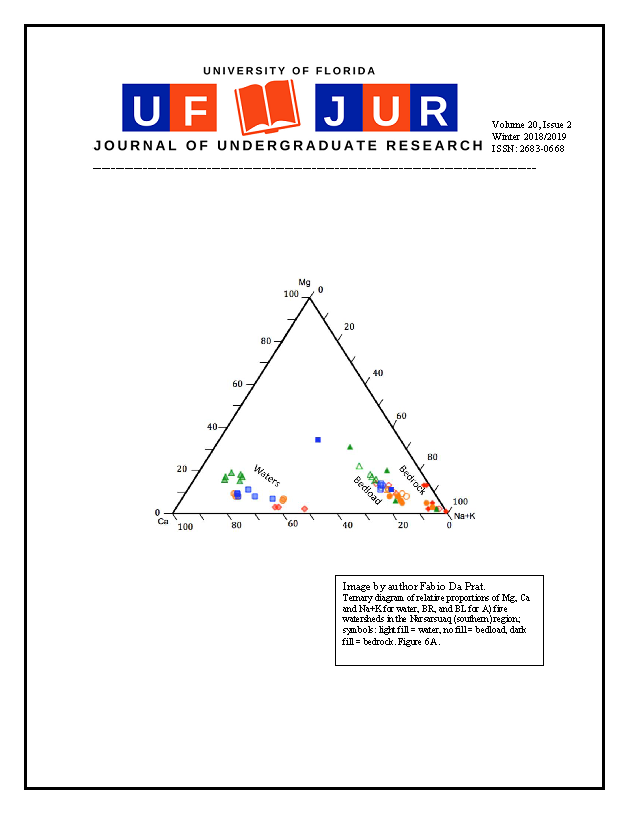Going "Green" in the Delivery and Supply Chain: Evidence and Insights
DOI:
https://doi.org/10.32473/ufjur.v20i2.106267Keywords:
Undergraduate research, supply chainAbstract
Given increased consumer interest in green products and practices, this paper will focus on examining sustainable practices within the shipping, packaging and delivery supply chain. “Green” shipping, packaging, and delivery focuses on transporting products from providers (e.g., manufacturers, retailers) to customers to reduce CO2 emissions, landfill waste, and overall negative impact to the environment. For example, (a) the use of electric powered vehicles in the delivery supply chain has the potential to reduce CO2 emissions; and (b) using recycled cardboard or materials that are biodegradable would reduce landfill waste.
This paper examines the potential benefits of these green practices in the delivery supply chain. Our results are that a case can be made for use of electric-power vehicles and their potential benefit to reduce CO2 emissions in an environment where power generation in non-coal based. In other words, using electric cars in all delivery supply chains isn’t always a solution; firms must recognize the significant impact of the power generation process in their operating area. From a packaging perspective, there is documented consumer interest on using environmentally friendly material for consumer products. However, depending upon the market segment size, this might not always result in better financial outcomes for companies.
Downloads
Published
Issue
Section
License
Some journals stipulate that submitted articles cannot be under consideration for publication or published in another journal. The student-author and mentor have the option of determining which journal the paper will be submitted to first. UF JUR accepts papers that have been published in other journals or might be published in the future. It is the responsibility of the student-author and mentor to determine whether another journal will accept a paper that has been published in UF JUR.

